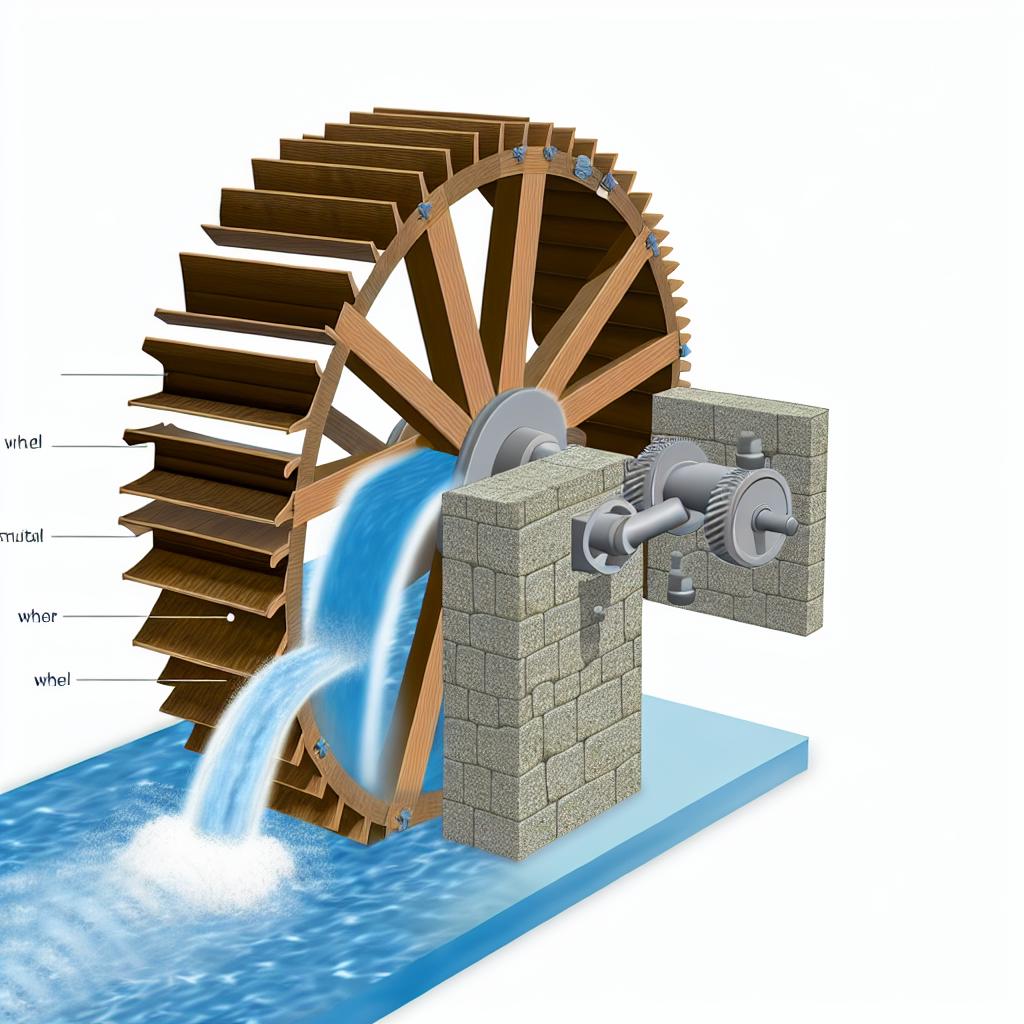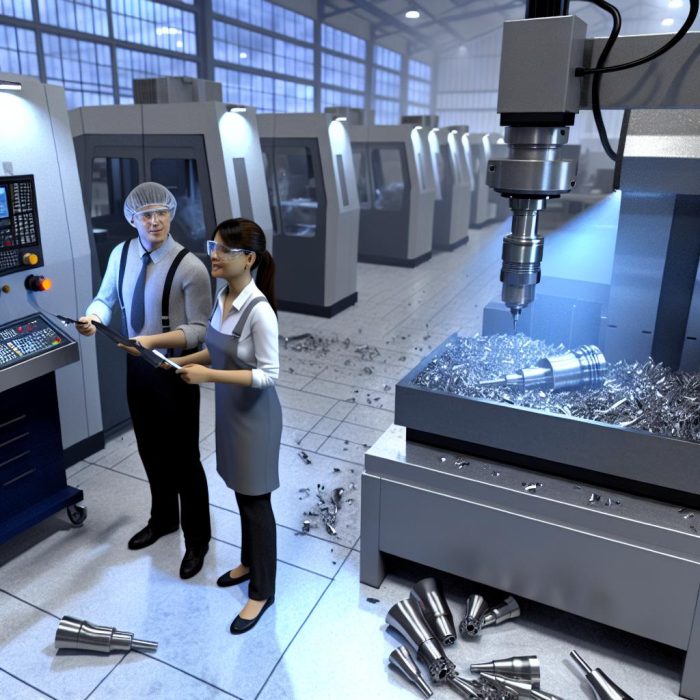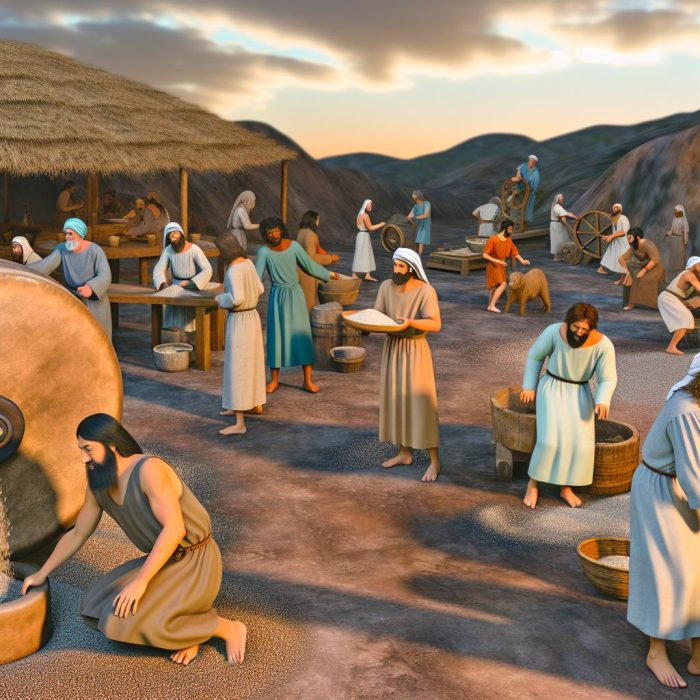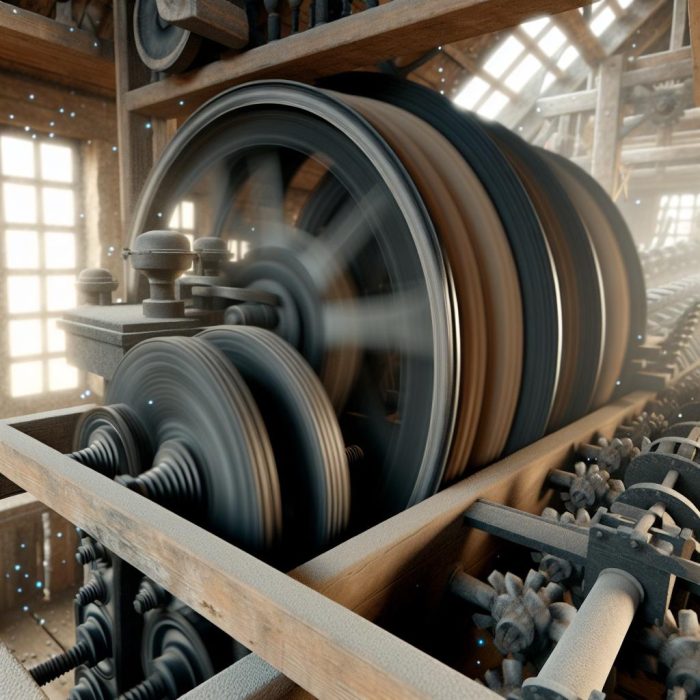Introduction to Waterwheels
Waterwheels, a symbol of early engineering ingenuity, have been instrumental for centuries in harnessing water power to perform mechanical tasks. Historically, they played a vital role in the development of technologies by converting the kinetic energy of flowing or falling water into usable mechanical energy. Though many modern technologies have surpassed the use of waterwheels in terms of efficiency and output, they remain a fascinating study for understanding the fundamentals of utilizing natural energy sources.
Basic Working Principle
The operation of a waterwheel is grounded in a simple but effective principle: converting the kinetic energy of moving water into mechanical energy. As water flows or falls onto the wheel, it exerts force on the paddles or blades, inducing rotation. This rotation is then harnessed to drive machinery or generate electricity, making waterwheels a quintessential tool for mechanical energy conversion. The efficiency of a waterwheel, however, is largely dependent on its design and the flow rate of the water it utilizes.
Types of Waterwheels
Waterwheels come in various types, each tailored to specific environmental conditions and energy requirements. Here, we explore the three main types: undershot, overshot, and breastshot waterwheels, each serving different uses and advantages.
Undershot Waterwheels
Undershot waterwheels are often found in flowing bodies of water such as rivers or streams. Positioned in the waterway, the moving current provides the energy to turn the wheel. This type of waterwheel is particularly useful in areas where there is no significant vertical drop for water, making it a suitable choice where high descent isn’t available. While undershot waterwheels are generally less efficient than other types, their structural simplicity and ease of construction offer significant benefits, especially in less complex or resource-constrained settings.
Overshot Waterwheels
Overshot waterwheels are ideally situated in areas with steeply declining waterflows. Designed to maximize the energy extracted from water, these wheels receive water at the apex, leveraging both gravity and the water’s potential energy to drive the wheel. As water flows over the top and onto the wheel’s paddles, its gravitational energy enhances the force exerted, thus increasing overall efficiency. Overshot wheels are considered more efficient compared to their undershot counterparts, effectively exploiting both the speed and height of the water.
Breastshot Waterwheels
Breastshot waterwheels occupy the middle ground between undershot and overshot designs, typically receiving water at or near the wheel’s midpoint. This design is well-suited for moderate flow conditions, delivering a balance of efficiency and ease of implementation. Breastshot wheels are often employed when both force and simplicity are essential considerations, making them a versatile choice for a range of environmental settings.
Applications Throughout History
Throughout history, waterwheels have had diverse applications, notably in powering machinery such as grain mills and textile looms. During the Industrial Revolution, they played a pivotal role in increasing production efficiency, thus setting the stage for future technological advances. Although many have been replaced by more modern power systems, waterwheels continue to be relevant today in certain small-scale applications. They also serve educational purposes, helping illustrate basic mechanical principles and the historical development of technology.
Modern Applications and Sustainable Development
In contemporary contexts, waterwheels are being revisited for their ecological benefits and potential contributions to sustainable development. They represent a renewable method of energy generation, particularly advantageous in rural or remote areas lacking modern infrastructure. By employing waterwheels in low-impact hydroelectric projects, communities can address energy needs sustainably. Such projects underscore the enduring relevance of waterwheels, highlighting their role in modern energy solutions and contributions to reducing environmental impact.
Conclusion
Exploring the mechanics and historical applications of waterwheels offers valuable insights into technological evolution and the ongoing pursuit of sustainable energy sources. Waterwheels serve as a bridge between ancient innovations and modern technological solutions, illustrating humanity’s enduring quest to harness the power of nature efficiently and effectively. For further exploration on the integration of waterwheels in contemporary energy systems and technologies, you may visit this resource for additional information.



